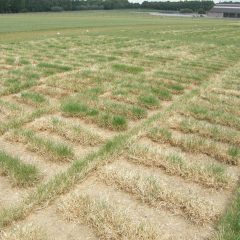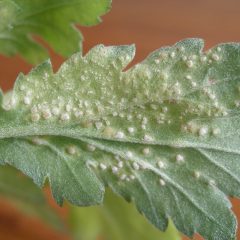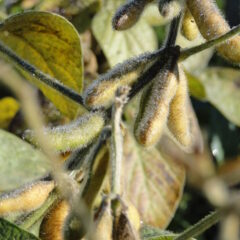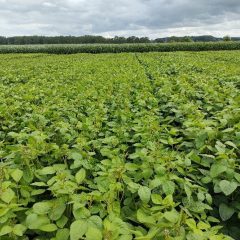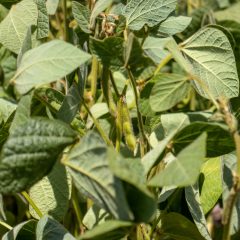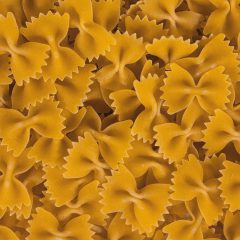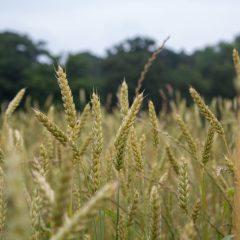Research project FIBRAXFUN : A Knowledge Base for Exploiting Novel Wheats Rich in Arabinoxylan Dietary Fibre throughout the Wheat Value Chain
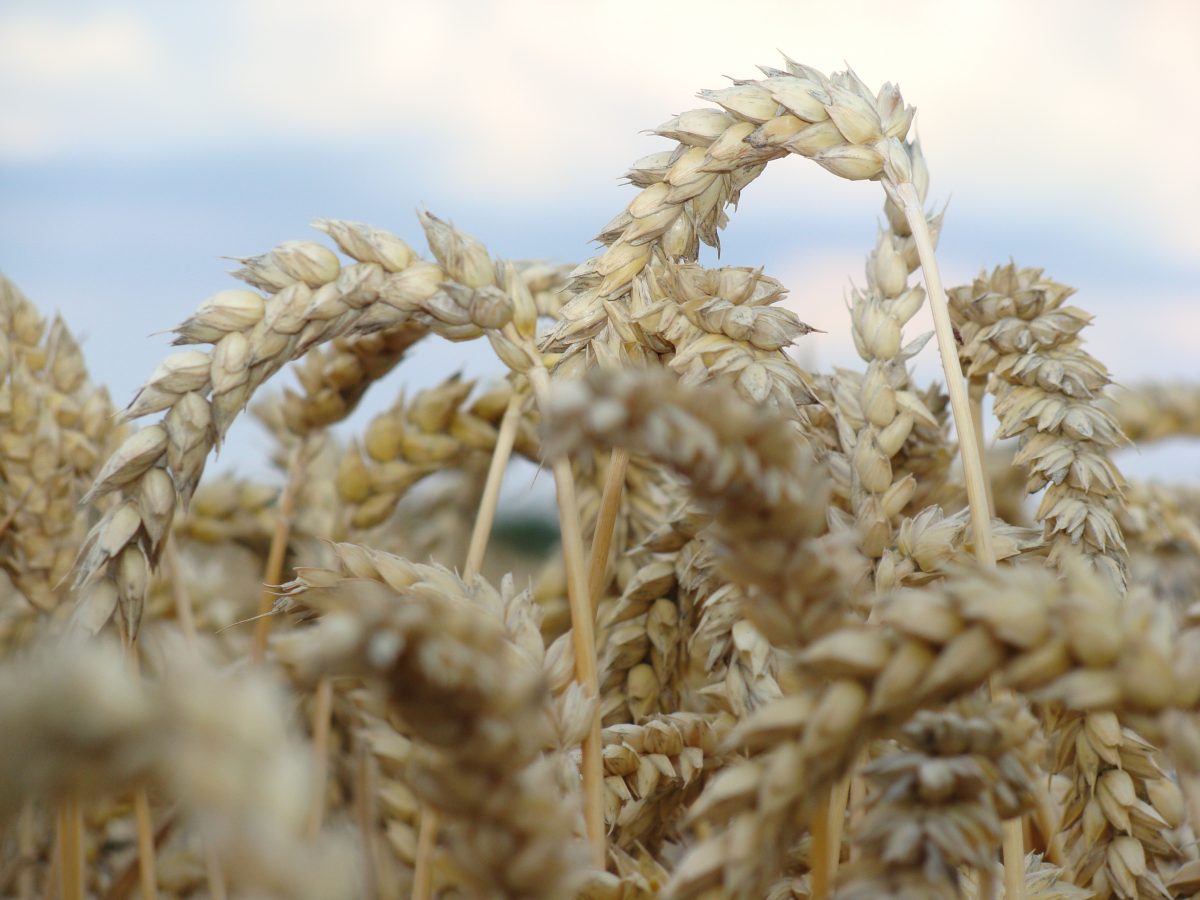
General introduction
The genetic background of wheat in terms of its fiber content (arabinoxylan or AX) has not only been unraveled through the FIBRAXFUN project. It has also been shown through field experiments that fiber levels can be promoted through certain cultivation and soil choices. Promising results emerged during baking and other processing experiments with the AX-rich wheat flour. More food products with increased fiber contents are highly desirable from a health standpoint. The main objective of FIBRAXFUN is to develop and characterise novel high dietary fiber (DF) wheat lines. We apply beyond state-of-the-art technology for exploring the diverse structures of arabinoxylan (AX) in wheat flour and its properties relevant to (sourdough) bread making. This will serve as a basis for optimizing their processing in bread making and creation of other staple foods such as breakfast cereals and pasta with higher fiber content.
Research approach
To describe the diverse structures of arabinoxylane (AX) in wheat flour and the physicochemical properties of flour with high AX contents, the researchers developed and used beyond state-of-the-art AX nuclear magnetic resonance (NMR) characterization techniques. The characterization was done using genomics tools to enable new breeding initiatives.
The approach around fiber content literally extended from field to fork. For example, new wheat types with high AX content (2.0 - 4.5%) were tested and analyzed at multiple field sites and over several years for AX content and its extractability, and the most interesting new sources of high AX content in wheat, rye and triticale were collected. At the other end were tests related to enzymatic degradability and looked at the relationships between structure and function of AX in classical yeast-based and sourdough-based bread production.
Relevance/Valorization
Useful results from the Flanders' Food project FIBRAXFUN are available for both the primary and processing sectors: Effects of location and seasons on fiber content in wheat genotypes with high AX content (2.0 - 4.5%) were identified. Genetic markers linked to AX content in wheat, triticale and rye were identified, an additional tool for breeders wishing to work on fiber richness. The structure and physicochemical properties of flour with high AX content, described with the new AX nuclear magnetic resonance (NMR) characterization technique, heilp to explain the baking process in depth. The effect of flour with high AX content on the production of bakery and other flour-derived products is now better known and the predictable processability of the AX-rich flour into food products with higher fiber content is understood.
Financing
VLAIO

